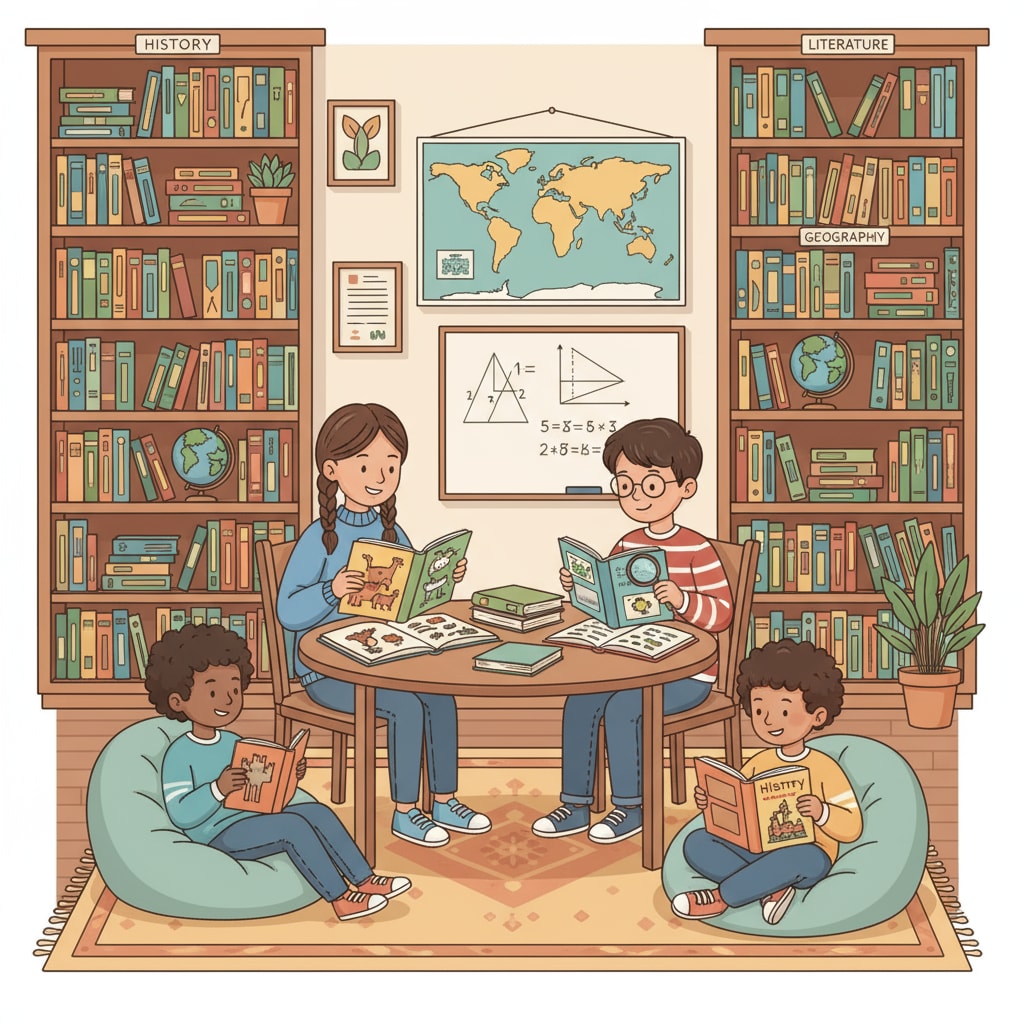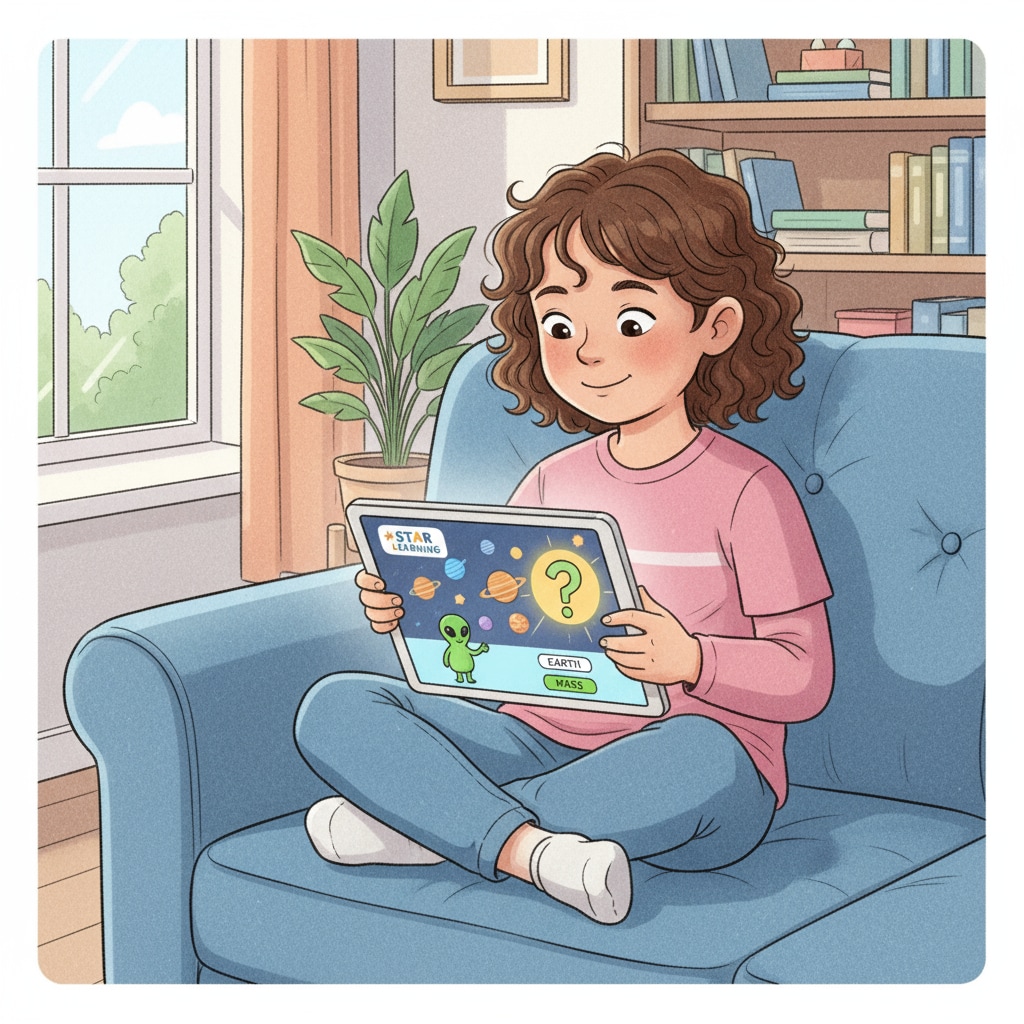In the realm of family education, academic resources and teaching arrangements are the cornerstones of a child’s growth and development. Parents are constantly on the lookout for the best resources to nurture their children’s minds. In this article, we will delve into five essential academic resources and how to apply them effectively in the context of family education.

Educational Books: The Foundation of Knowledge
Educational books are a fundamental academic resource in family education. They cover a wide range of topics, from science and history to literature and art. For example, books like “The Magic School Bus” series can make complex scientific concepts fun and accessible for kids. Parents can create a dedicated reading corner at home, filled with age-appropriate books. Regular reading sessions can be scheduled as part of the teaching arrangement, fostering a love for learning from an early age. Children’s Literature on Britannica
Online Educational Platforms: A World of Learning at Your Fingertips
In the digital age, online educational platforms have become invaluable resources. Platforms such as Khan Academy offer free courses on various subjects, from math to languages. These platforms provide interactive lessons, videos, and quizzes. Parents can incorporate these into their teaching arrangements by setting aside specific times for online learning. For instance, a child could spend an hour each day on a math course during the week. Online Learning on Wikipedia

Museums and Educational Institutions: Hands-On Learning Experiences
Museums, science centers, and other educational institutions offer unique learning opportunities. They provide hands-on exhibits and educational programs. A visit to a local history museum can bring history lessons to life. Parents can plan regular visits to these places as part of their teaching arrangement. For example, a monthly trip to a different museum can expose children to different fields of knowledge.
Educational Apps: Learning on the Go
There are numerous educational apps available for smartphones and tablets. Apps like Duolingo for language learning or ABCmouse for early education are both engaging and educational. Parents can use these apps during short breaks or while on the move. For example, a child can practice language skills during a car ride using an educational app.
Community Learning Groups: Social and Academic Interaction
Joining community learning groups, such as a local book club or a science study group, can enhance a child’s learning experience. These groups allow children to interact with their peers, share ideas, and learn from each other. Parents can encourage their children to participate in these groups and even get involved themselves. This social aspect of learning can be a valuable addition to the teaching arrangement at home.
In conclusion, by making use of these five academic resources – educational books, online platforms, museums, educational apps, and community learning groups – and integrating them into well-planned teaching arrangements, parents can create a dynamic and effective family learning environment. Family education is a journey, and these resources are the tools to guide children towards a bright future.
Readability guidance: Each section presents a key academic resource. Short paragraphs and clear explanations make the content easy to understand. Transition words like ‘for example’ are used to illustrate points, and external links provide further knowledge sources.


